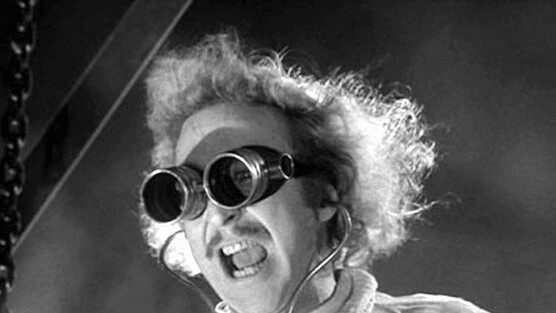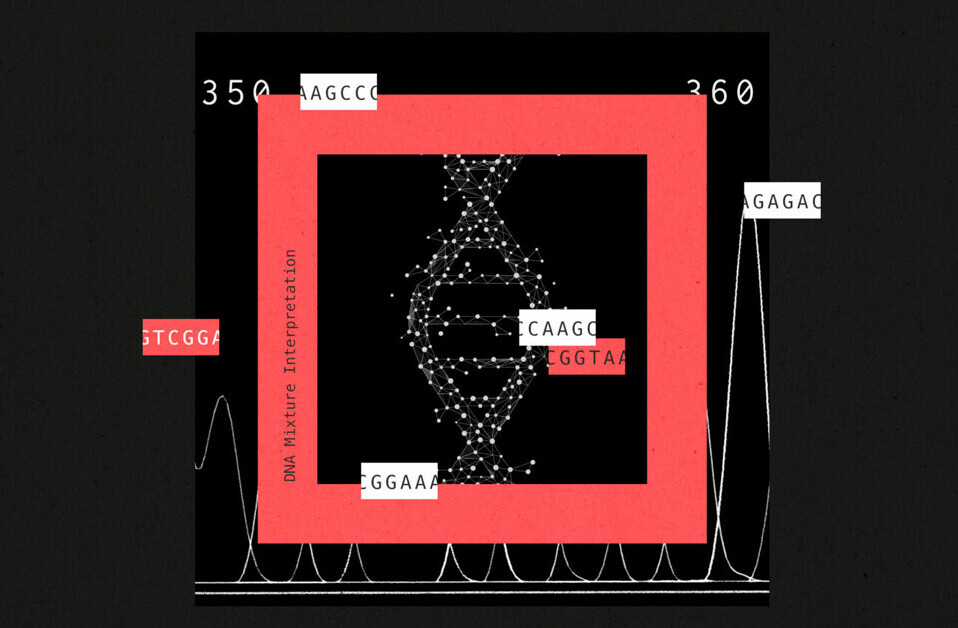
Escherichia coli, nobody’s favorite dinner guest, just had the distinction of becoming the first living organism to have its entire DNA code successfully replaced with a synthetic genome. We’ve played with nature’s creations before, but this is the first time we’ve completely reprogrammed them.
The experiment was conducted by researchers at the University of Cambridge and led by biologist Jason Chin. It involved creating a complete artificial genome with everything the scientists believed an organism needs to live – and nothing it doesn’t. This streamlined code then replaced the E coli bacteria’s until the new life form no longer had any natural DNA code.
DNA is made up of puzzle pieces that fit together in countless different combinations to form different living organisms, but we all use the same pieces. And, more importantly, in the same amount. Our DNA is made up of proteins, which are made up of other stuff, which is made up of four different kinds of stuff that’s always arranged into groups of three bits called codons. Read this for a deeper dive.
The important thing to know is that, despite the vast variety of life on our planet, all of it is based on DNA with exactly 64 codons. In the millions of years since the primordial ooze bubbled forth the original single-celled organism, there’s only been the one exception: the E coli created by these scientists.
The result is an organism designed and manufactured by Mother Nature and then hijacked, hacked, and entirely reprogrammed by humans. It’s alive, but it’s unlike any other life form on Earth: the scientists removed thousands of redundancies in their synthetic genome that exist in all other living creatures. It only has 61 codons.
Scientists feared the E. coli wouldn’t survive the transplant, or wouldn’t grow, but those fears have since been assuaged. The New York Times reports:
The bacteria grow more slowly than regular E. coli and develop longer, rod-shaped cells, but they are very much alive.
The fact that the bacteria are growing – reproducing – at all is astounding. And the implications for this technology – synthetic bacteria, trojan horse DNA – are vast. Entire species could be rendered disease-proof, or entire diseases could be made harmless through a sort of genetic fire-walling.
Synthetic DNA could also lead to the construction of designer bio-organics capable of producing specific forms of life useful to scientists. Cultivating living bacteria is an often expensive and time consuming process, if researchers can produce synthetic bacteria that can be custom fit to purpose, it could bring costs down and enable more research.
In the meantime, the Cambridge University team plans on seeing just how much they can truncate the genome. The hope is that by removing even more redundant codons, they can free up space to try out some different synthetic variations.
Get the TNW newsletter
Get the most important tech news in your inbox each week.




